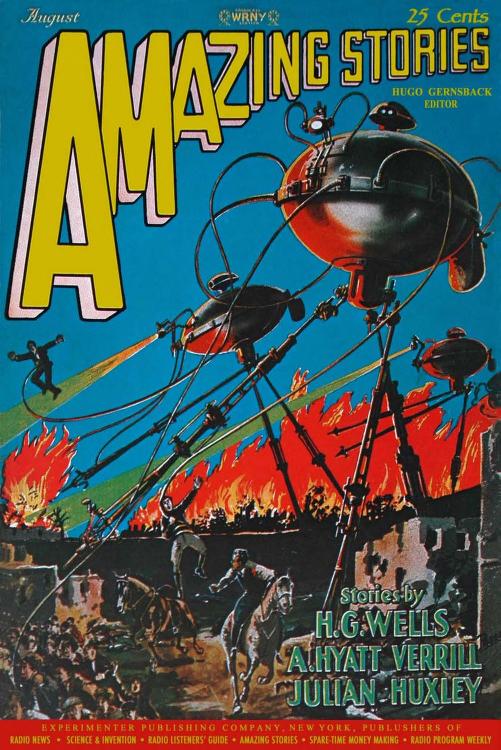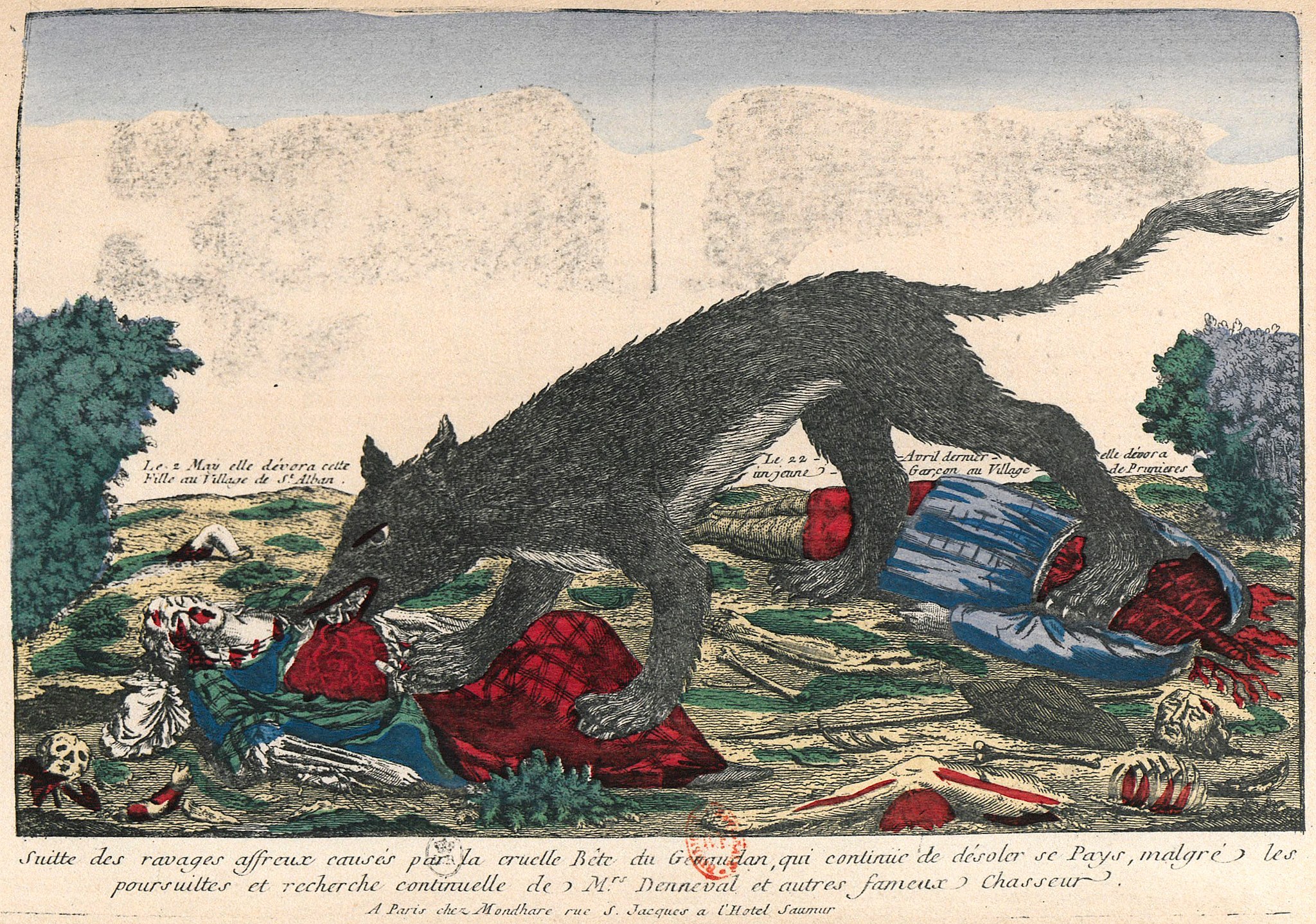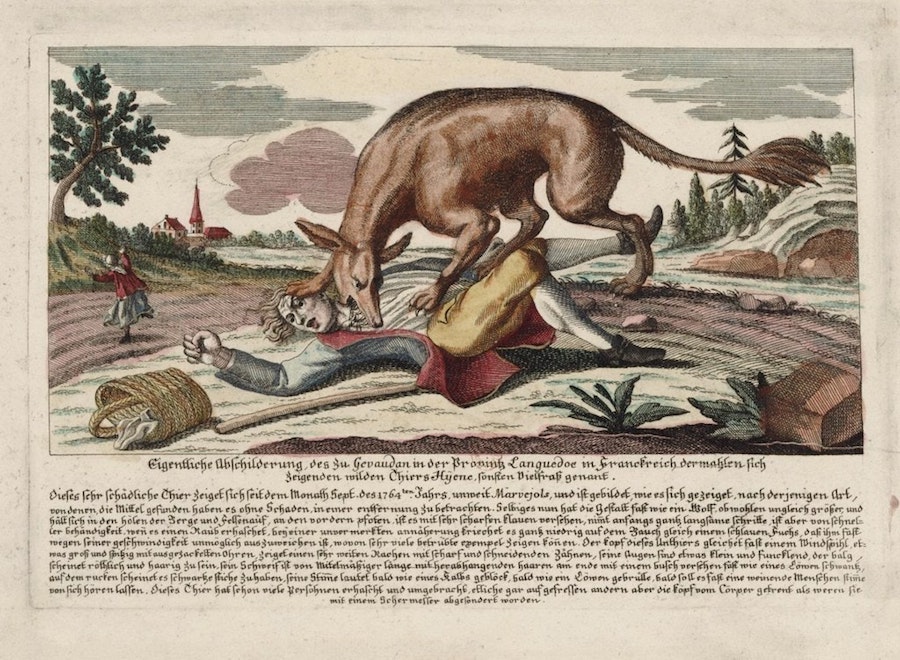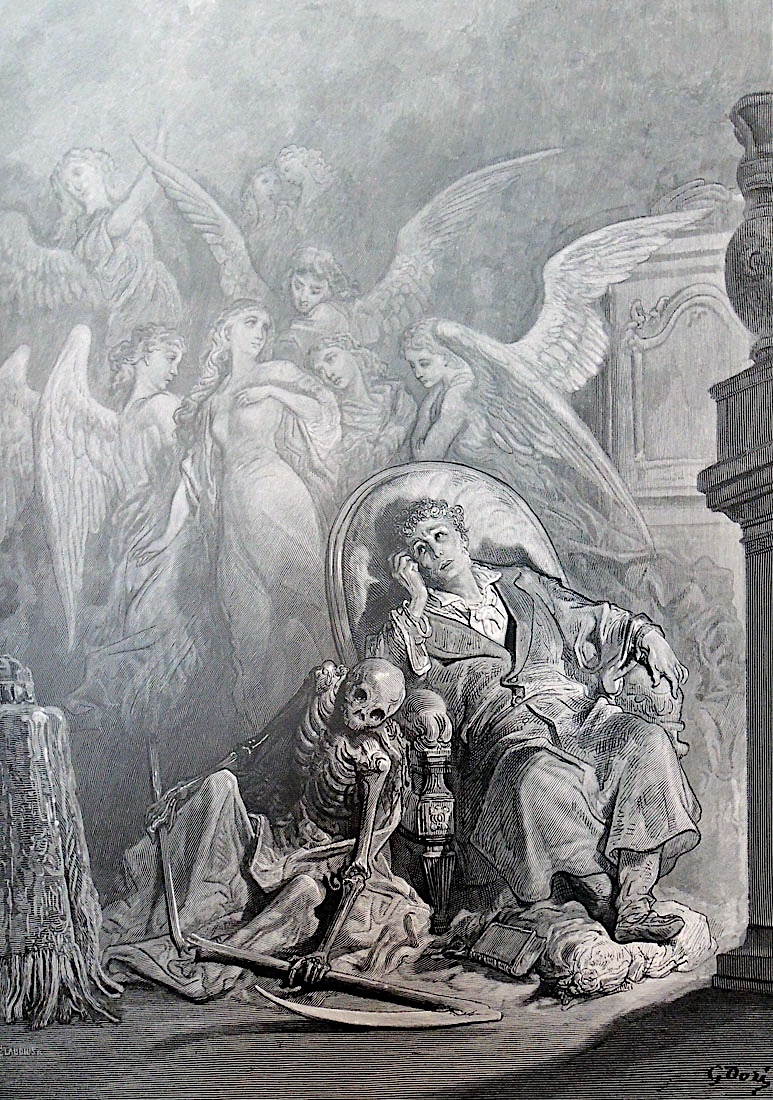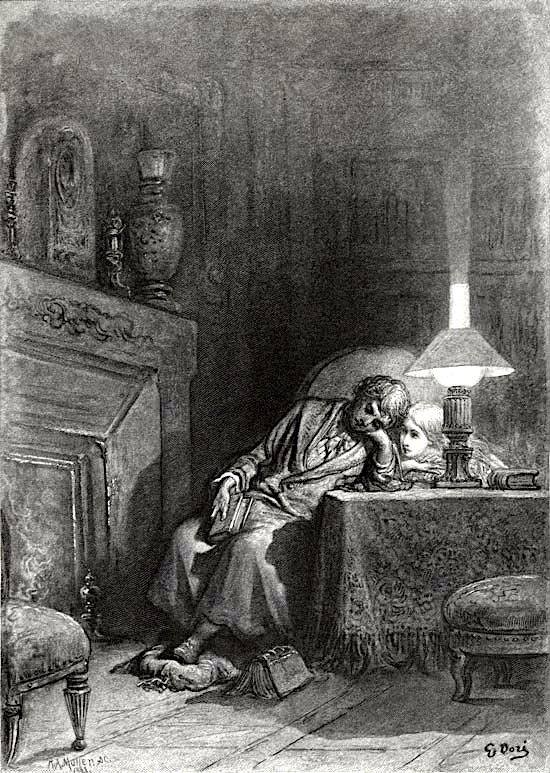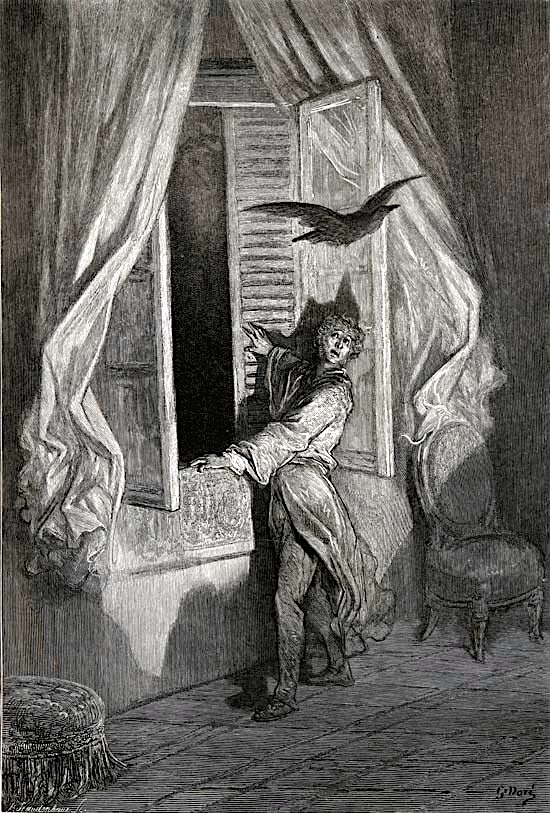Even if a student assigned Beowulf is, at first, dismayed by its language, that same student may well be captivated by its setting. While that mythical but somehow both gloriously and dankly realistic realm of kings and dragons, mead halls and bog monsters may feel familiar to fantasy enthusiasts, it’s also strange on a deeper level; this story, any modern reader will feel, is in no sense a product of our own time. In order to concretely envision both the action of that epic and the culture that gave rise to it, it helps to examine artifacts from around the same place and time in history. To find such things, we need look no further than Sutton Hoo.
Beowulf is set in the fifth and sixth centuries; Sutton Hoo is an archaeological site whose contents date from the sixth to seventh centuries. Located “in the eastern part of England, in a county called Suffolk, which at that time was part of the East Anglian kingdom in Anglo-Saxon England,” it consists of “a grave made in the middle of a 27-meter-long ship that was buried beneath a gigantic earth mound, and inside a burial chamber that was placed in the middle of the ship were laid out some amazing treasures drawn from all over the known world at that time.” So says Sue Brunning, curator of the European early medieval collections at the British Museum, in one Curator’s Corner videos that provide close-up views and explanations of a couple of particularly important Sutton Hoo artifacts.
This helmet and sword (with other Anglo-Saxon swords also brought out for comparison) are associated with King Rædwald of East Anglia. Beowulf, you’ll remember, opens with the funeral of the Danish king Scyld Scefing, and takes place entirely in Scandinavia. But the similarity between the elaborate ornamentation on the Sutton Hoo artifacts and that on comparable objects unearthed in eastern Sweden suggests a connection between those regions in that era, and Beowulf itself may have been composed in East Anglia. It takes some imagination to picture this seventeen-century-old helmet and sword intact and in their prime, but however they looked, one surely wouldn’t have turned down the extra confidence they’d have provided in a showdown with Grendel.
Related content:
A Vintage Short Film about the Samurai Sword, Narrated by George Takei (1969)
Archaeologists Discover a 2,000-Year-Old Roman Glass Bowl in Perfect Condition
Bronze Age Britons Turned Bones of Dead Relatives into Musical Instruments & Ornaments
The British Museum Puts 1.9 Million Works of Art Online
Based in Seoul, Colin Marshall writes and broadcasts on cities, language, and culture. His projects include the Substack newsletter Books on Cities and the book The Stateless City: a Walk through 21st-Century Los Angeles. Follow him on Twitter at @colinmarshall or on Facebook.



